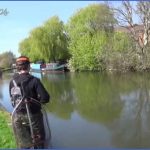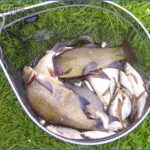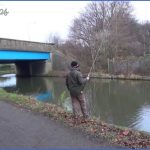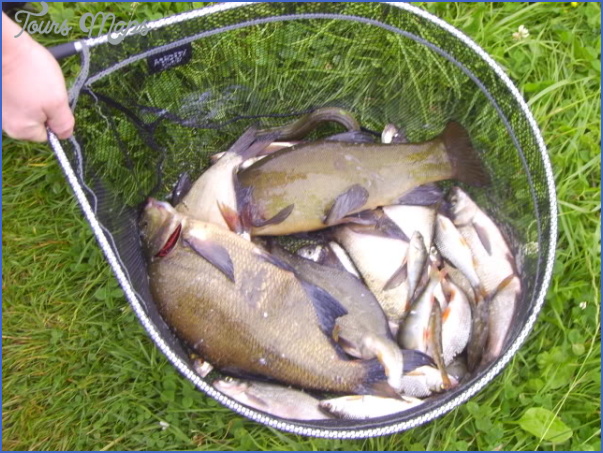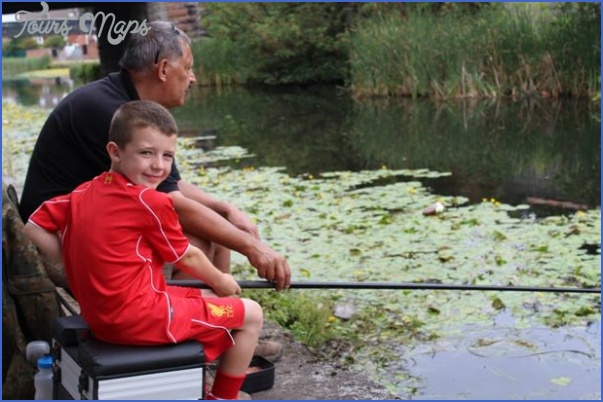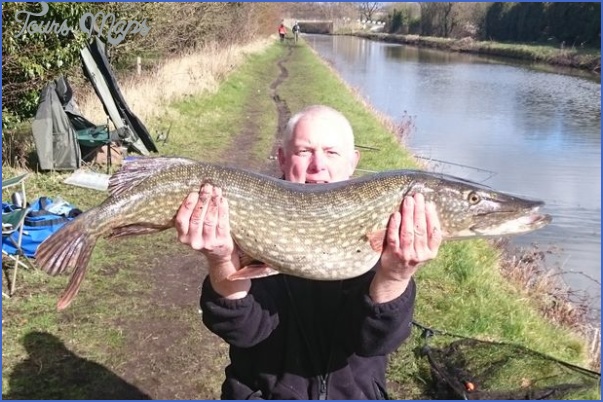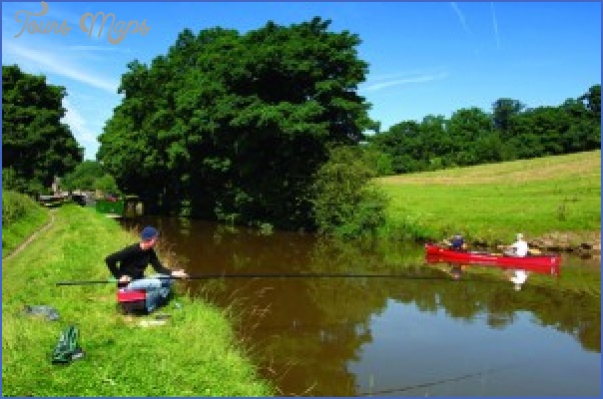Pole Basics
The pole that is just right for your own fishing, not to mention your wallet, is a matter of careful choice. You don’t need to break the bank, but it’s worth taking your local canal into account as well as what you can afford. A lot of typical British canals are between 11 and 13 metres wide, making it well worth investing in a longer model. As with any fishing tackle you get what you pay for, but a perfectly useable pole of this length needn’t cost you a fortune.
Mail order deals and second hand offers are worth considering, but nothing beats getting to your local tackle shop and actually balancing a pole in your own hands. You want something you can comfortably fish with, but it’s also worth looking for deals. These shops want your business so try and seek out a package that gives you some spares and sundries as well as just the basic pole itself.
Leeds Liverpool Canal Fishing Photo Gallery
Have a look at any long pole and you will see it comes in a series of hollow sections that are stored inside one another. These sections are numbered so that number one is the final, thinnest tip section, whereas higher numbers will be the progressively thicker middle and ‘butt’ sections tapering to the opposite end.
Top of the list of spares for most pole anglers would be at least one additional ‘top three kit.’ These final tip sections of pole are where you will attach your line and having more than one to work with is a big advantage on the bank. For example, you might have a roach fishing rig on a light ‘top three’ kit, but you may well have a stronger top three kit set up for targeting larger fish such as tench or carp in the same session. Having additional ‘top kits’ allows you to switch rigs quickly and easily.
These top two or three sections contain an internal elastic to help cushion the fight of the fish (simply google ‘elasticating a pole’ or better still, ask at your local tackle shop). A typical pole rig will be roughly the same length as the final three pole sections, so that fish can be easily swung in or netted. There are variations however: for a really shallow margin swim, for example, you might only need a rig as long as two sections; for really deep water on ship canals your rig could be as long as four or five pole sections.
Maybe You Like Them Too
- Top 10 Islands You Can Buy
- Top 10 Underrated Asian Cities 2023
- Top 10 Reasons Upsizing Will Be a Huge Travel Trend
- Top 10 Scuba Diving Destinations
- World’s 10 Best Places To Visit

